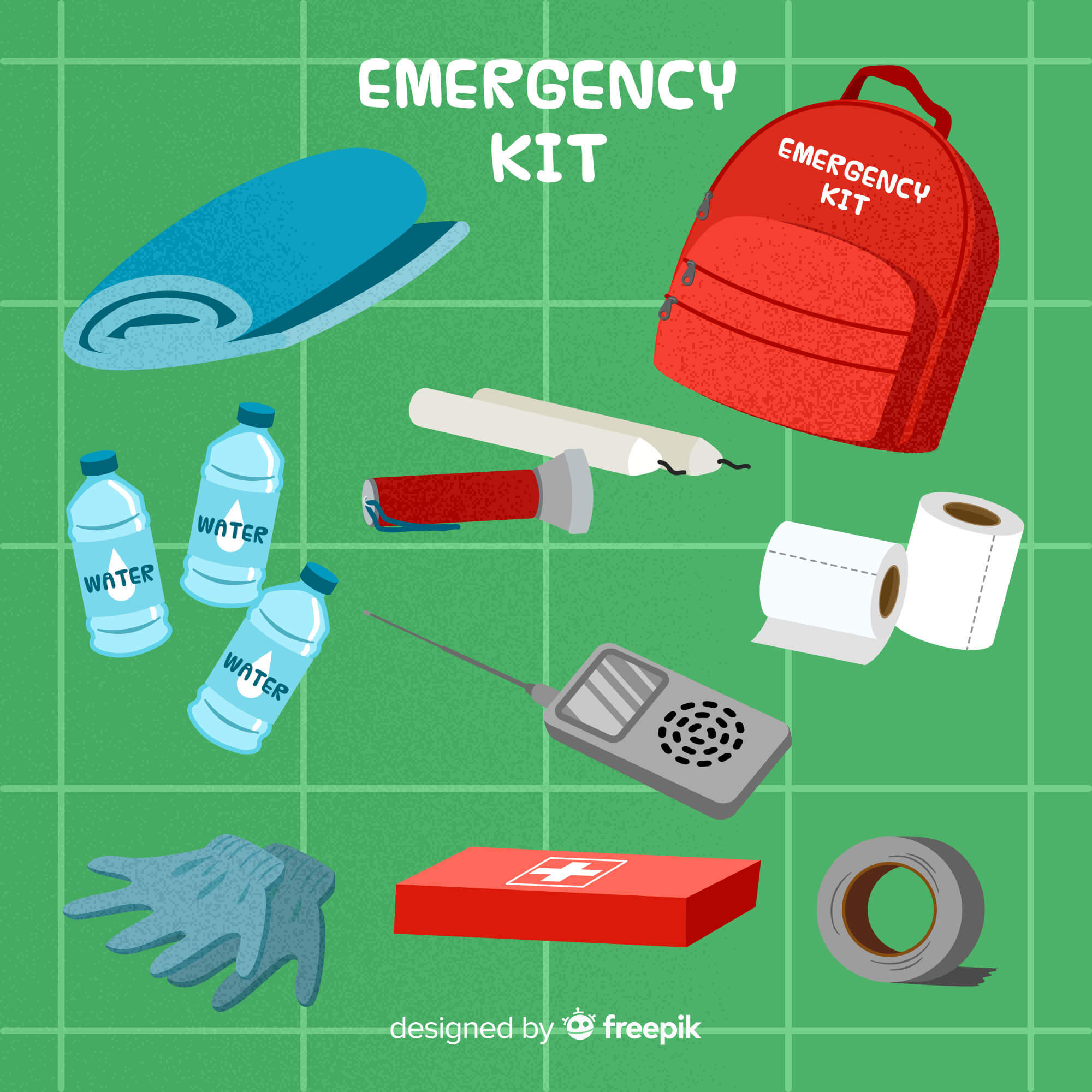Best Ways to Handle Difficult Employees
[Editor’s note: We all know that one person in the office who, despite being solid…
Our content is reader-supported. Things you buy through links on our site may earn us a commission
Never miss out on well-researched articles in your field of interest with our weekly newsletter.
Subscriber

[Editor’s note: We all know that one person in the office who, despite being solid…

Who should be a part, and what are their responsibilities? Local governments are responsible for…

Hacks affect organizations of all shapes and sizes Hacks on major corporations have made headlines…

Watching what people say about you on the internet is a must Every single person,…

[Editor’s note: This guest post from reader Keith Bell looks at a number of ways…

Pointers to protect your personal brand Although high-profile cases of individuals losing out on job…

This book could save your life [Editor’s note: We are in the business of looking…
Superannuation and dog racing provide examples for this guest post [Editor’s note: Many thanks to…
A look at the numbers behind emergency management in the 21st century Natural disasters and…
You can’t afford to have a bad reputation showing up in search results or social…

Looking at the past and present state of this important field Did you know that…

Take the time to put together this potentially life-saving stash An emergency kit can save…

How you’re perceived online can improve, or sink, your chances of landing that dream job…

Give your reputation a leg up with every step you take on social media Social…

Online behavior has a direct impact on real-world results Representing your brand well on social…

Simple steps to protect your systems This infographic from F-Secure may be in comic strip…